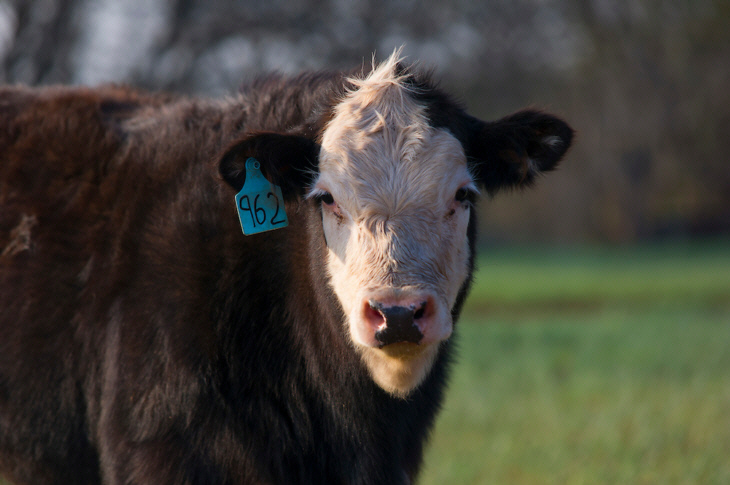
ELAP may be able to offset grazing losses incurred by floodwaters
Tuesday, June 18, 2019
Livestock producers whose commercial farm or ranch operations suffered grazing loss as a result of recent historic flooding should contact their Farm Service Agency office immediately.
Affected producers may qualify for financial aid under the Emergency Assistance for Livestock, Honeybees and Farm-Raised Fish Program, better known by its shortened moniker ELAP. The program is administered by FSA, part of the U.S. Department of Agriculture.
“Producers need to contact FSA within 30 days of the loss to qualify and fill out forms for submission,” said Trent Milacek, Oklahoma State University Cooperative Extension area agricultural economist. “Assistance might be available for a broad range of livestock: Alpacas, beef cattle, dairy cattle, beefalo, buffalo, deer, elk, emus, equines, goats, llamas, reindeer and sheep.”
Livestock must be animals that normally would have been feeding on the eligible grazing land or pastureland during the normal grazing period for the specific grazing land or pastureland type in the county where flooding occurred.
“Eligible animals must have been owned, cash-leased, purchased, under contract for purchase or raised by a qualifying contract grower or livestock producer during the 60 calendar days prior to the beginning date of floodwaters hitting the area,” said Rusty Humphrey, FSA executive director for Kay County.
Humphrey added eligible livestock also must have been maintained for commercial use as part of the producer’s farm or ranch operation on the beginning date of the floodwaters.
“Livestock that were or would have been in a feedlot are not eligible for grazing losses under ELAP,” he said.
In addition, eligible producers must have suffered a loss that is either native or improved pastureland with a permanent vegetative cover and planted to a crop specifically for the purpose of providing grazing for livestock covered under ELAP provisions.
The daily livestock payment rate per head for eligible livestock grazing losses is $0.978 for 2019, according to USDA materials. Payments for eligible grazing losses will be calculated based on the normal carrying capacity of the eligible grazing land for the number of grazing days lost, not to exceed 150 days of lost grazing.
ELAP is designed to provide potential help for losses not covered by other disaster assistance programs such as the Livestock Forage Disaster Program and the Livestock Indemnity Program.
“The worst thing a producer can do is delay seeking assistance,” said Shannon Mallory, OSU Cooperative Extension agricultural educator for Kay County. “Failure to report losses to FSA in the initial reporting timeframe may derail a producer’s ability to qualify for assistance when he or she otherwise might have qualified.”
Livestock producers seeking additional information about potential flood recovery and relief should contact their OSU Cooperative Extension county office, typically listed in local directories under “County Government.”
“We can certainly help get a producer pointed in the right direction, and likely will be able to offer other useful information related to their specific operational needs as well,” Mallory said.
The Oklahoma Cooperative Extension Service is one of two state agencies administered by the OSU Division of Agricultural Sciences and Natural Resources, and is a key part of the university’s state and federally mandated teaching, research and Extension land-grant mission.
MEDIA CONTACT: Donald Stotts | Agricultural Communications Services | 405-744-4079 | donald.stotts@okstate.edu
